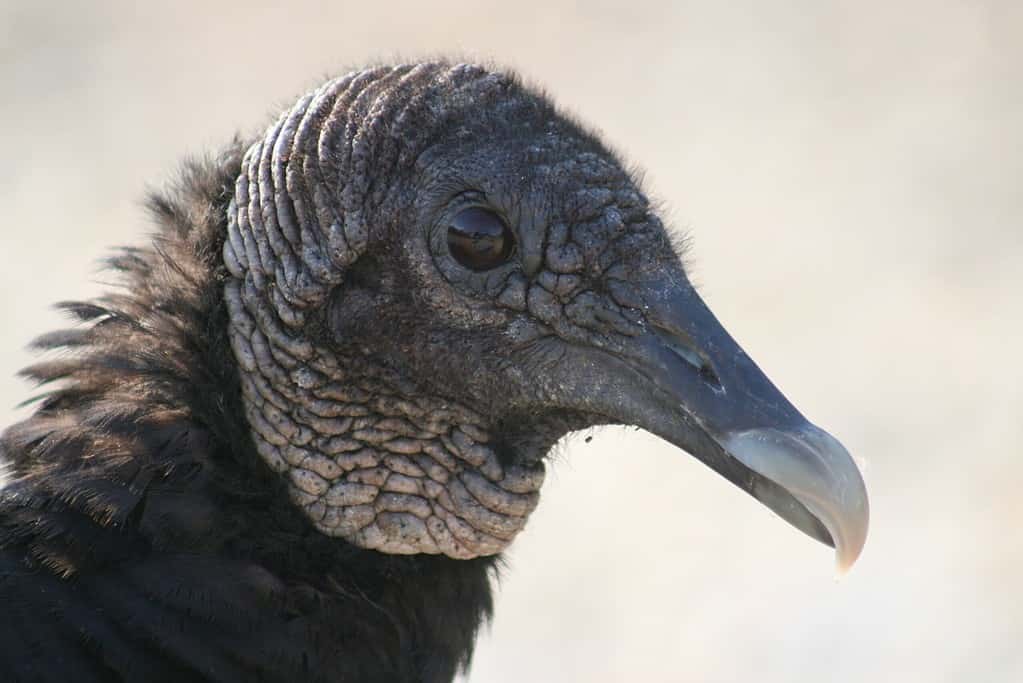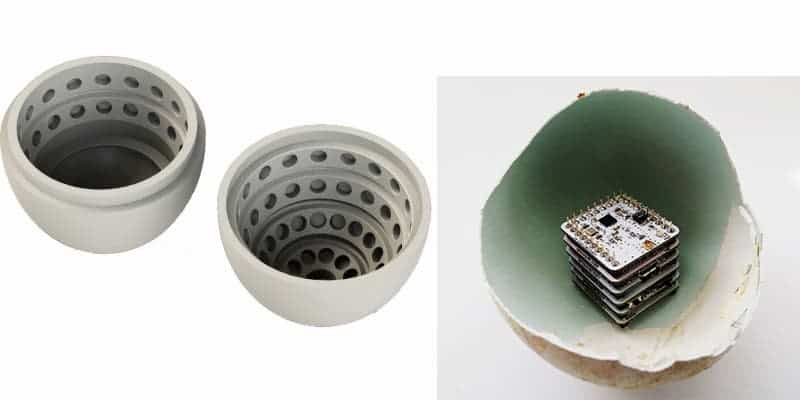We’ve heard about marine wildlife, from seabirds to whales, eating plastic waste and the problems this causes to their health. But what about terrestrial animals? A new study found black and turkey vultures (Coragyps atratus and Cathartes aura) living in cities regularly eat plastic waste, and that they might even be doing this on purpose.

Black vultures are known to use human-made structures and resources. They roost on transmission and cellular towers, nest in abandoned buildings and forage regularly at street markets, dumpsters, and landfills. Turkey vultures may also use human-subsidized resources in urbanized environments, such as transmission towers.
Plastic materials have been found in regurgitated black vulture pellets since at least the 1980s, previous studies have shown. Vultures might be intentionally or unintentionally ingesting plastic materials, mistaking them with bone fragments, or eating plastics from carcasses. The impact on their health is still not well understood.
In a new study, researchers from the US have found that the amount of plastic eaten by black and turkey vultures can be predicted based on suburban and exurban maps. The more density of human commerce within urbanized landscapes, the more chances of them eating plastics. The study was published in Frontiers in Ecology and Evolution.
“Black vultures and turkey vultures in areas with more urban development and a greater density of commercial food providers ingest more plastic,” Hannah Partridge, study lead author, said in a media statement. “It’s possible that they eat some of this plastic on purpose rather than exclusively by accident, as is typically believed.”
Vultures and plastic waste
For their study, the researchers looked at eight communal roosts shared by black and turkey vultures across the Charlotte Metropolitan Area, where 2.8 million people live. They collected over 1,000 pellets of undigested material vomited by the vultures, 60% of which had plastic. Other components were dirt, rocks, metal and animal remains.
The team identified different types of plastic material in the pellets. The most commonly found were silicone rubber, high density polyethylene, polyethylene and silicate bio polyethylene. They then looked for links between the amount of plastic and four measures of human development within increasing distance from the roost.
These were the distance to the nearest landfill, the density of livestock producers, the amount of developed land cover and the density of commercial food providers – from small stores to supermarkets and restaurants. They found the proportion of pellet mass with plastic increased with increasing urban land cover and the density of food providers.
Based on their results, the researchers concluded that black vultures may be eating plastics at the dumpsters of food providers. “They will often roost overnight on a transmission tower next to a fast food restaurant and fly straight to the dumpster first thing in the morning. Turkey vultures do this less often,” Partridge said in a statement.
What can we do then to prevent plastic from being eaten by vultures? The researchers suggested for food providers, from restaurants to supermarkets, to ensure that their garbage is properly bagged, that the trash is left in the dumpster and the dumpster is closed. Banning single-use plastics in more places can also make a difference, they said.




